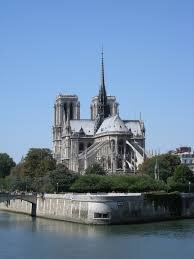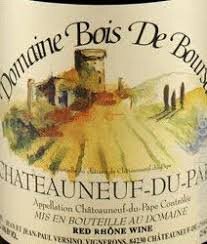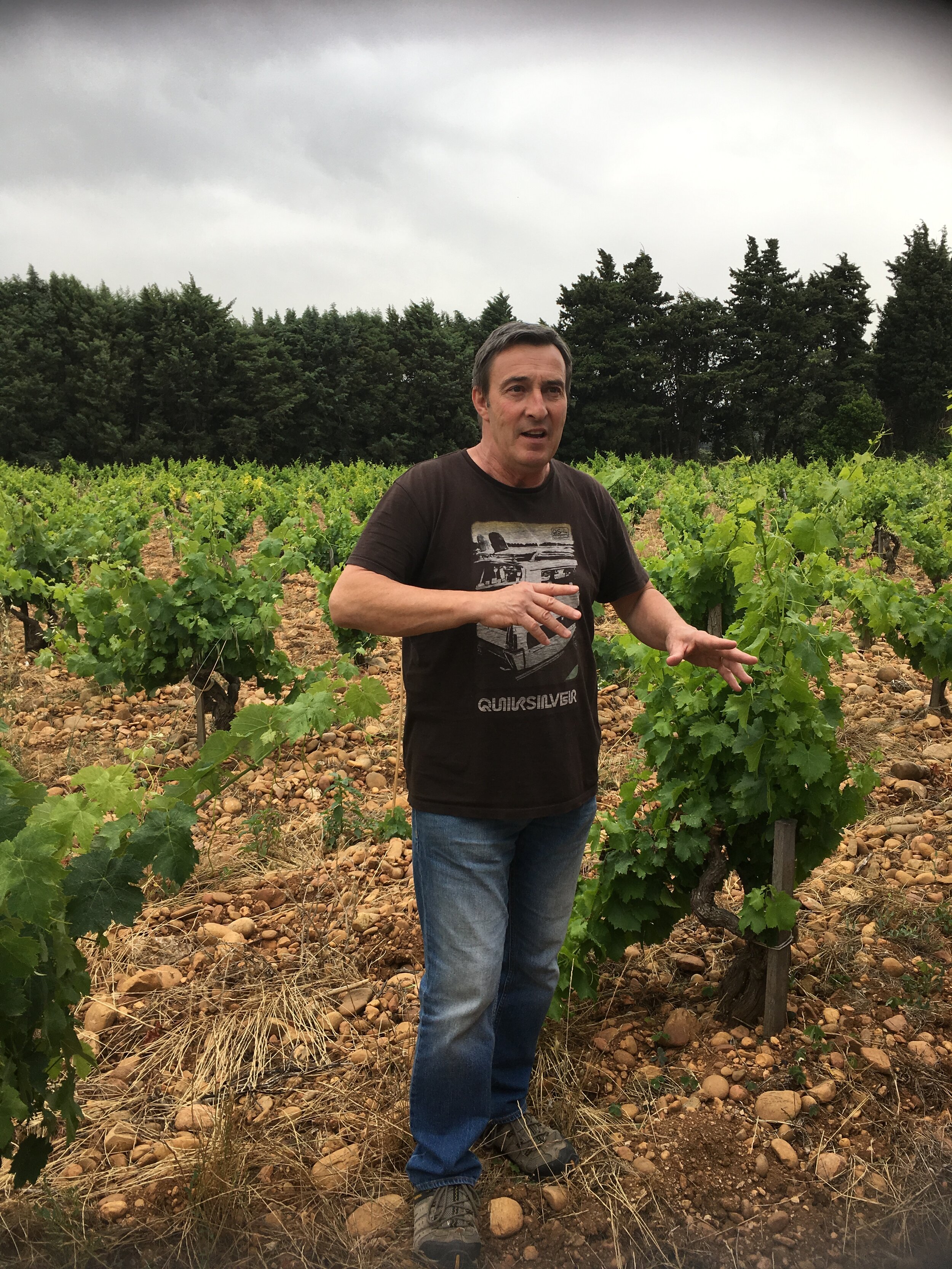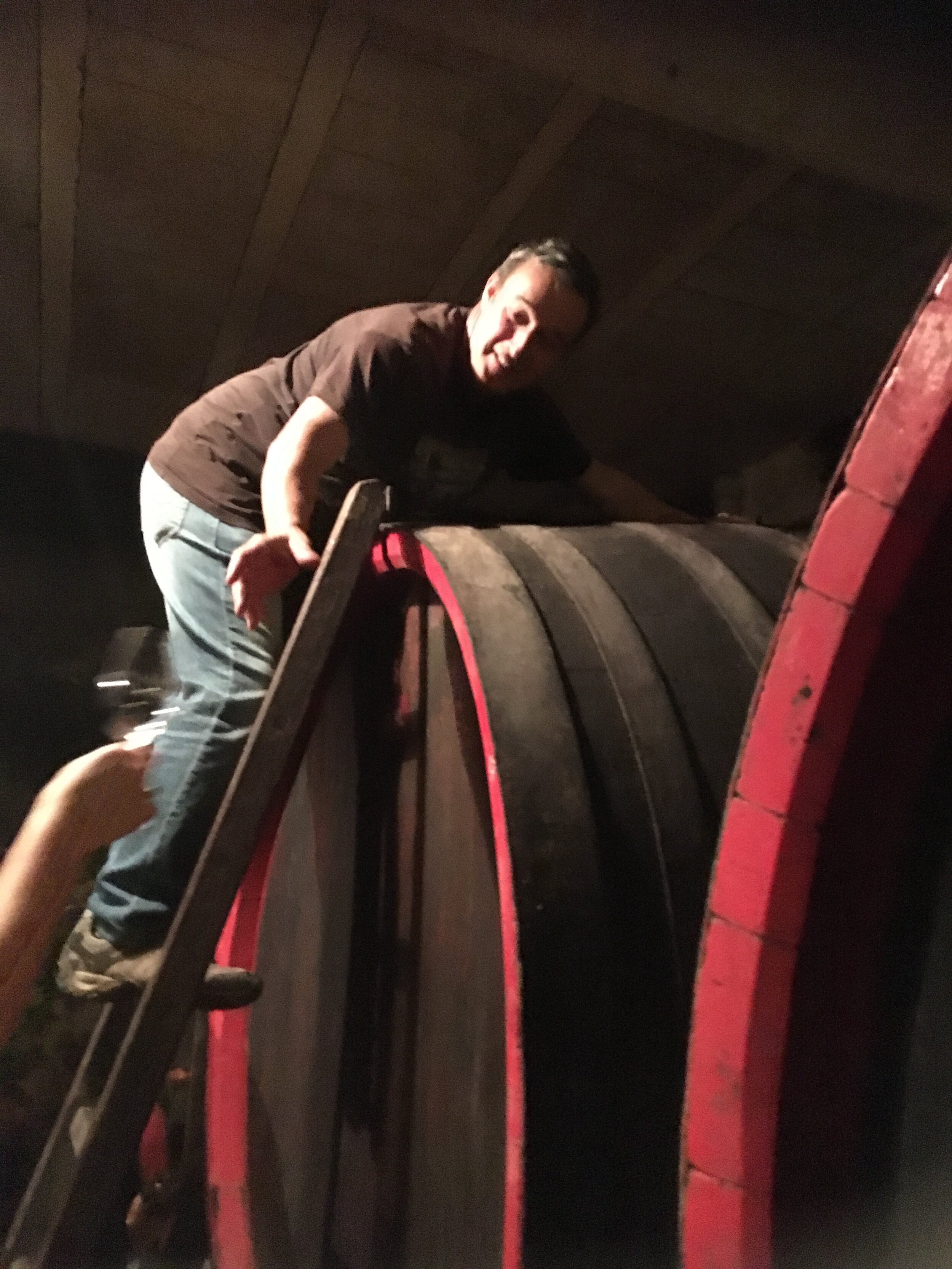Provence State of Mind
Provence State of Mind
Somewhere between Vienne and Valence the South begins; somewhere between Valence and Montélimar ... Eden! --Ford Madox Ford
Why do I keep returning to an area by most accounts overrun with tourists? Perhaps it's the lure of a place familiar, a place well-traveled in youth. Or perhaps it has less to do with the crowded beaches and hilltop towns than it does with the shaded valleys and mystic springs, the orchards and vineyards, and the untrodden path far from tourist tracks. There's the dusty green of the olive leaves against an eggshell blue sky, and long lunches with beloved friends. Provence is more than a place; it's a state of mind, and goes beyond what the five senses take in, and perhaps has something to do with history and the spirit of place, of the artists who called this land home. Listen, and above the clink of glasses and murmur of voices on a shaded terrace, you'll hear the tzzch-tzzching of the cigales, the cicadas of good fortune and grace.
As we wandered the markets, catching aromas of bread baking, spices and soaps, we were aware of a way of life that's basic and real, and we merged with the quiet simplicity that is the stanchion of daily Provençal life, a life whose rhythms and pace seem to defy the passage of time. When traveling, we're often reminded of the constant struggle between the soul's ideal and the human state (humanity's greed and consuming quest for power). And, standing beside remnants of a ruined fortress, it was easy to see that the dream is certainly weak in the face of history. But it doesn't mean we stop reaching for it, and sometimes as the bells of an ancient abbey chime, the sea laps, or the breeze blows through the plane trees, it's enough just to be part of it all. Just to be.
To help you slip into a Provençal state of mind: Domaine Bois de Boursan, Châteauneuf-du-Pape, Tradition, 2015 (organic) – The charismatic Jean-Paul Versino hosted us at his estate and explained his traditional approach to making wine: whole bunch fermentation, only wild yeasts, and CO2 in place of sulfur during aging in large oak foudres. The estate is certified organic, and harvesting done by hand. Jean-Paul keeps yields low and works with all thirteen of the permitted CDP varietals, as well as some very old vines, which give richness, depth and flavor. “This is a wine of such dazzlingly gorgeous aromatics as to provoke a smile of disbelief. Rarely does one meet a nose of such visceral beauty in Châteauneuf-du-Pape, and one must pay easily thrice or more what this wine costs to do so. It is multidimensional, offering a full spectrum of fruits, from bright red to dark black, a warm, palpable stoniness, an intoxicating interplay of spice and truffle, and whiff of 'animale' that is both charming and seductive.”
Kay Pfaltz



